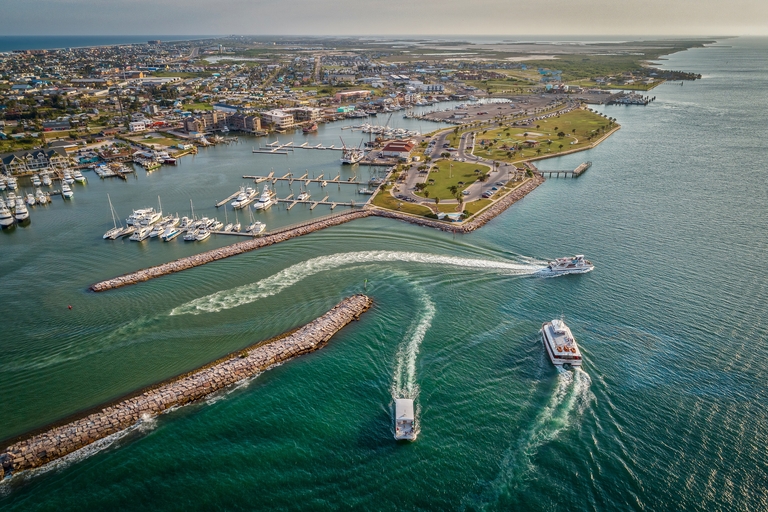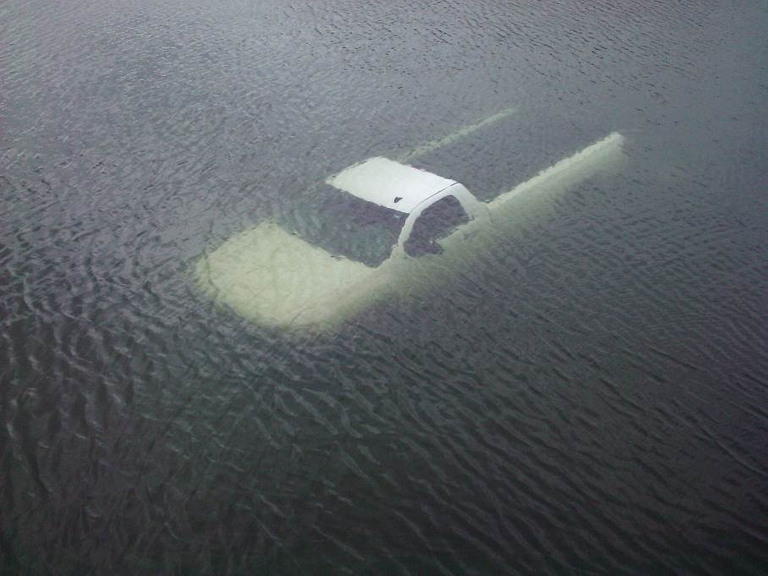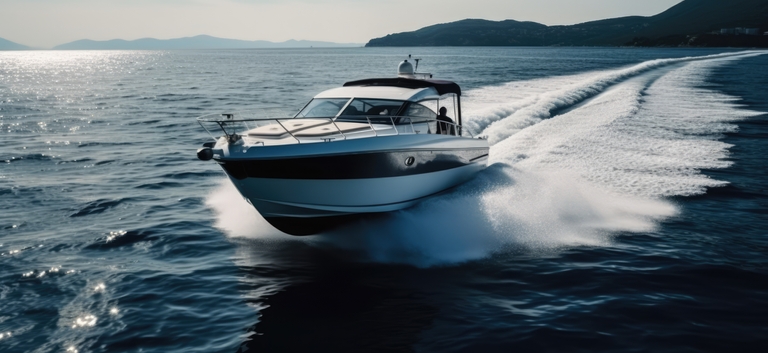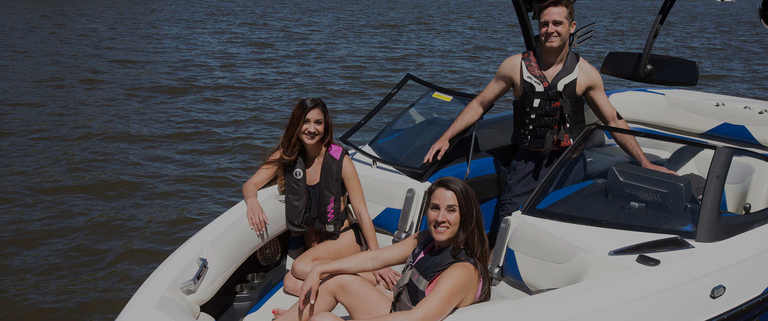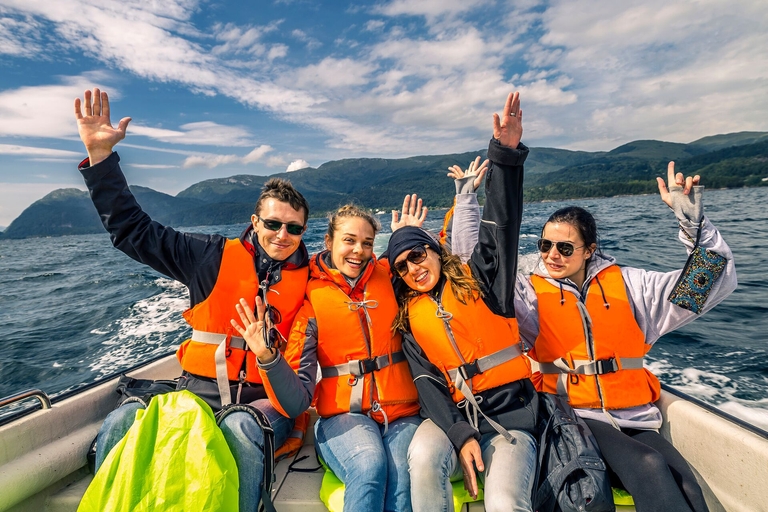Emergency Boat Safety Tips: How to Call for Help On a Boat
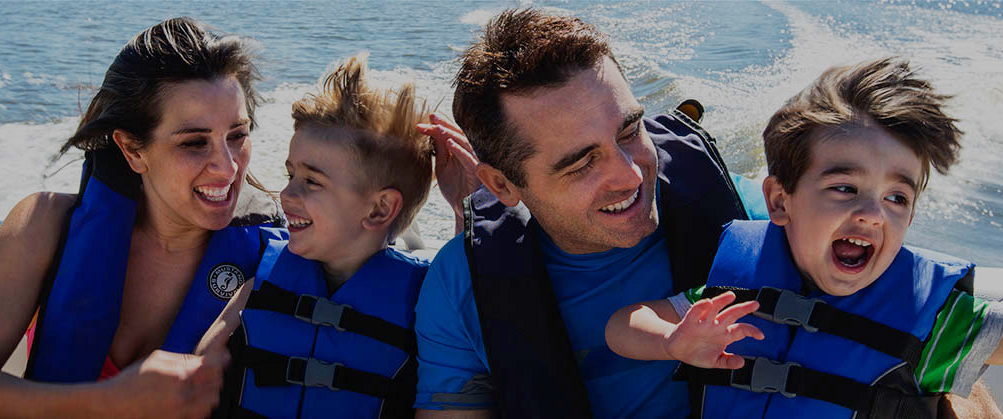
Before every boating season, it's important to refresh your boat safety knowledge. Not only is it crucial to know what to do to stay safe, but it's also essential to know what to do in an emergency.
This article will discuss what to do when something goes wrong on the water. A boat emergency can happen anywhere, anytime. Even minor difficulties can quickly develop into an emergency beyond your control.
So, keep reading to learn about the items you should carry on board to help get assistance quickly. We'll also talk about the correct use and timing of each piece of equipment.
Crucial On-Board Safety Equipment Every Boat Needs
Accidents happen daily on the water, whether you experience engine trouble, a man goes overboard, or a storm has incapacitated your boat. In these worst-case scenarios, the ability to summon help quickly can be the difference between life and death.
Your boat needs essential safety items to get the help you need in an emergency on the water. Make sure you have these items before launching for a day on the water.
Visual Distress Signals
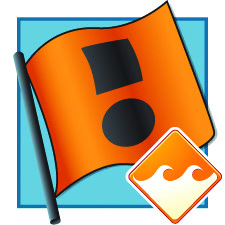
All boaters should be able to signal for help. Visual distress signals are effective at getting attention from other boaters when needed the most.
The United States Coast Guard recommends visual distress signals as a minimum equipment requirement for all recreational vessels. However, just "having" these signals isn't enough. Make sure you also know how to use them in the event of a boating emergency.
Additionally, always respond immediately to other boaters displaying a distress signal.
What are the different types of visual distress signals? Next, we highlight a few to consider for your boat!
Day Distress Signals
There are a few different types of day distress signals. In this resource, we'll talk about orange signal flags and orange smoke flares.
The orange distress flag is an international symbol of distress on water. Placing an orange distress flag as high as possible on your vessel helps other boaters see your call for help from several miles away.
Hand-held orange smoke flares emit a large cloud of orange smoke and are more effective than the standard red flares for daytime use. The orange smoke lingers in the air, allowing other boaters to see your call for help.
The smoke will eventually fade out, so you must utilize this signal method when you have a good chance of being spotted by incoming air or vessel traffic.
Night Distress Signals
Common and effective night-use distress signals are SOS electric signal lights and red signal flares.
Electric signal lights are effective in that they can display bright signal lighting for an extended period. These electric lights can be affixed to your vessel in the same way that you would display an orange distress flag. When positioned correctly, an electric light signal can display a call for help for a timeframe far exceeding any flare.
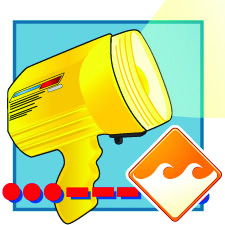
The second and most commonly known night distress signal is the red flare. These can be found in hand-held and aerial devices that shoot a red flare into the sky.
The hand-held devices last for about three minutes and work best when rescue is nearby. Aerial red flares are sent up into the sky using a launching device and can be seen from a great distance. These aerial red flares will burn for about six seconds, alerting other boaters about your distress.
VHF Marine Radio
VHF marine radios have channels reserved for distress calls. These channels are monitored continuously by the U.S. Coast Guard (USCG).
VHF is an acronym for "very high frequency" and refers to the audio frequency range between 156 and 174 MHz. VHF marine radios are increasingly popular with boaters for good reasons, including:
- They are easy to use and save lives
- Compared to CB radios and mobile phones, they are more effective for marine communications
- They have more consistent reception when away from shore than mobile phones
- Boaters don't need a license when using recreational boats
- They can withstand rough weather
- A boat-mounted radio is wired to the boat's battery (and less likely to lose power)
- Even in a fog, the source of a VHF signal can be located to find your boat
A VHF marine radio is a crucial piece of safety equipment! Don't leave the dock without one.
How to Operate a VHF Marine Radio
How do you use the radio if you need it? Channel 16 is a calling and distress channel. This channel is used for emergency communication only. Boaters can use it to contact another boat or station.
After the initial contact, the conversation should move to a non-emergency channel, like channels 68 or 69. Penalties exist for misuse of radio, including improper use of VHF Channel 16, so do not use the emergency channel for any other purpose than a life-threatening emergency.
Issuing a MAYDAY Call
If you face a life-threatening emergency, use your VHF marine radio to issue a MAYDAY call on Channel 16 (the distress channel).
Keep in mind that the height of the antenna and the power of your radio can limit the distance for sending and receiving messages. Use the one-watt setting except in an emergency or if your signal is too weak for others to receive it clearly.
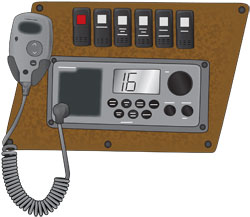
Here is how to issue a MAYDAY call on Channel 16 of your VHF radio:
- Transmit "MAYDAY, MAYDAY, MAYDAY."
- Say, "This is (name of boat three times, call letters once)."
- Repeat once more, "MAYDAY," and your vessel's name.
- Report your location.
- Report the nature of your emergency.
- Report the kind of assistance needed.
- Report the number of people on board and the condition of any injured.
- Describe the vessel and its seaworthiness.
- Wait for a response. If there is none, repeat the message.
Remember: only use this call when appropriate. However, if you're not sure if it's time to make the call – and making the call could potentially save a life – make the call.
Mobile Phone
Consider your cell phone as part of your standard boating gear.
Then, keep a list of appropriate phone numbers with you on board. Just as you would on land, use your cell phone to call 911 or another water rescue authority in your area. Mobile telephones may be helpful in contacting local law enforcement agencies. However, they have severe limitations and should not be a substitute for a VHF radio.
Moreover, cell phones can have service limitations and should not be viewed as your primary device for contacting emergency help – but you never know when it could have just enough of a signal to reach someone who can help.
Emergency Position Indicating Radio Beacon (EPIRB)
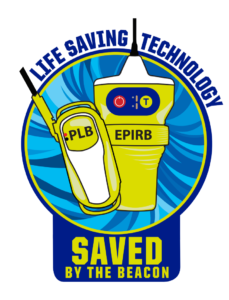
An Emergency Position Indicating Radio Beacon (EPIRB) is a distress beacon boaters and mariners use to alert Search and Rescue forces that they are in distress.
EPIRBs transmit a 406-MHz distress signal to a global satellite system that contains a unique 15-digit identification number. Search and rescue personnel can pull up your beacon registration, which tells them who the beacon belongs to and provides additional emergency contact information.
EPIRBs provide search and rescue resources with your location via GPS data or triangulation from the low earth-orbiting satellites. The Rescue Coordination Center closest to your location receives the information.
EPIRBs are typically installed on boats and can be operated automatically or manually after an incident. In most countries, EPIRBs are mandated to be used in all commercial shipping. However, EPIRBs are also used on yachts, boats, and other recreational vessels.
Personal Location Beacons (PLB) are location devices that perform a function similar to an EPIRB.
Key Differences Between an EPIRB and a PLB
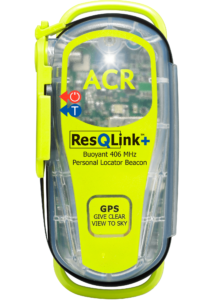
Most boaters prefer an EPIRB over a PLB. Once placed in the water, EPIRBs will operate on their own by self-activating and floating upright in a transmitting position. They are easy to use and allow crew members to understand their operation.
With bigger batteries for a longer transmission life, EPIRBs are essential for long-distance transits. They are specifically designed for that worst-case scenario of just you and the beacon in the water.
However, PLBs require more effort to operate, as they must be manually activated and held out of the water to function properly, even though they are waterproof. PLBs are, however, small enough to carry on, so they are well-suited for single-handed boaters or crew members who are routinely out of the Captain's sight.
Ultimately, the best beacon to have is the beacon you have with you when you need it.
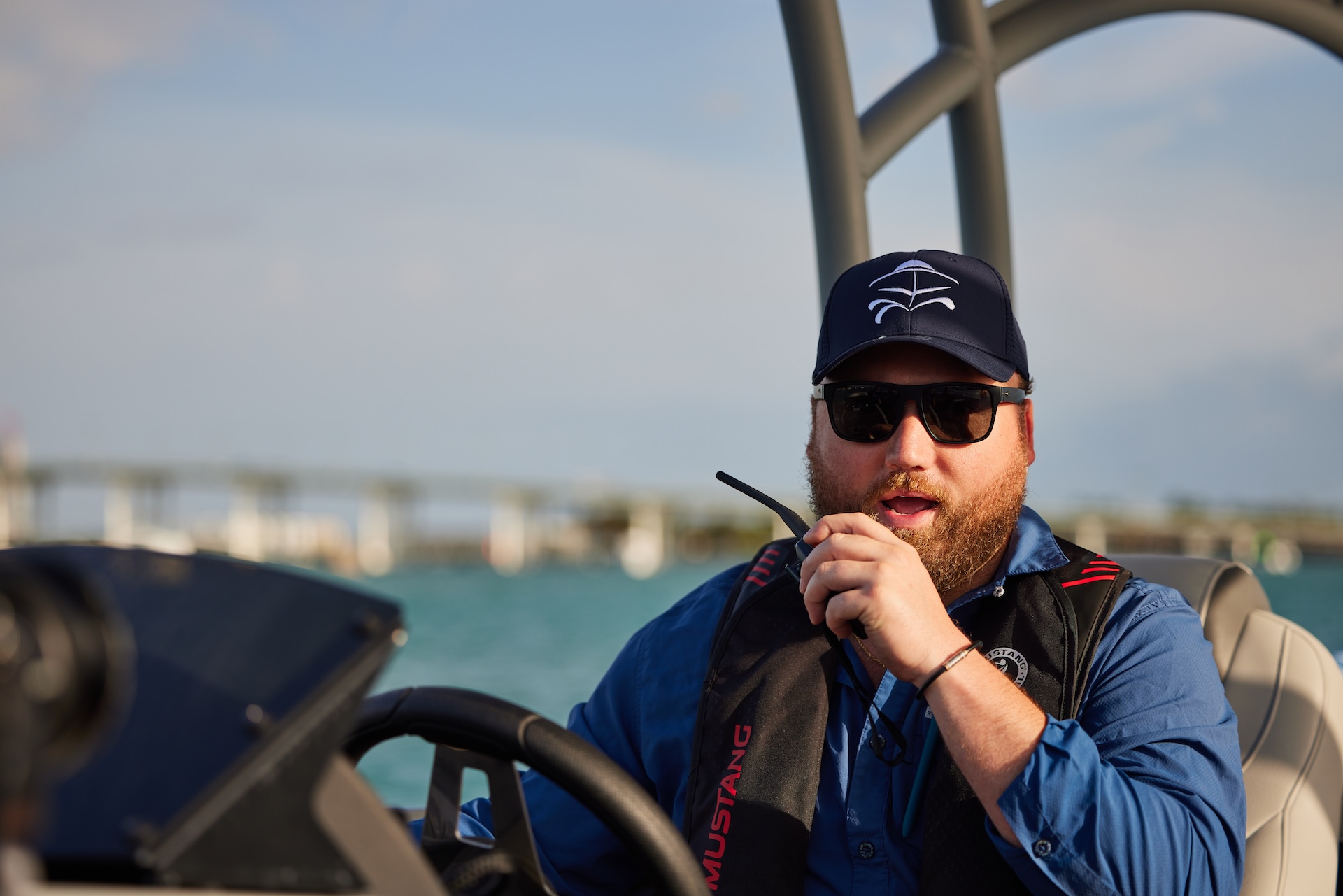
Carry the Equipment and Boating Safety Education You Need on the Water
The United States Coast Guard requires all recreational vessels over 16 ft. in length to carry a combination of day and night visual signal devices for good reason because these devices can save your life! Equip your boat or recreational vessel with the proper mix of visual signal devices and carry extra if one item fails when you need help.
Pay attention to the expiration date of your devices and store them in a dry compartment so they will be ready if you ever need them. Remember, preparedness is the key to ensuring everyone safely returns after each boating trip.
In addition to the right equipment, make sure you've passed an approved boater safety course and carry your boating license. Boat-Ed provides the education you need through our convenient online courses. With your certification, you'll know how to prevent emergencies and respond appropriately if something goes wrong out of your control.
Find your course and get started!
Originally published May 5, 2019. Content updated February 8, 2024.

